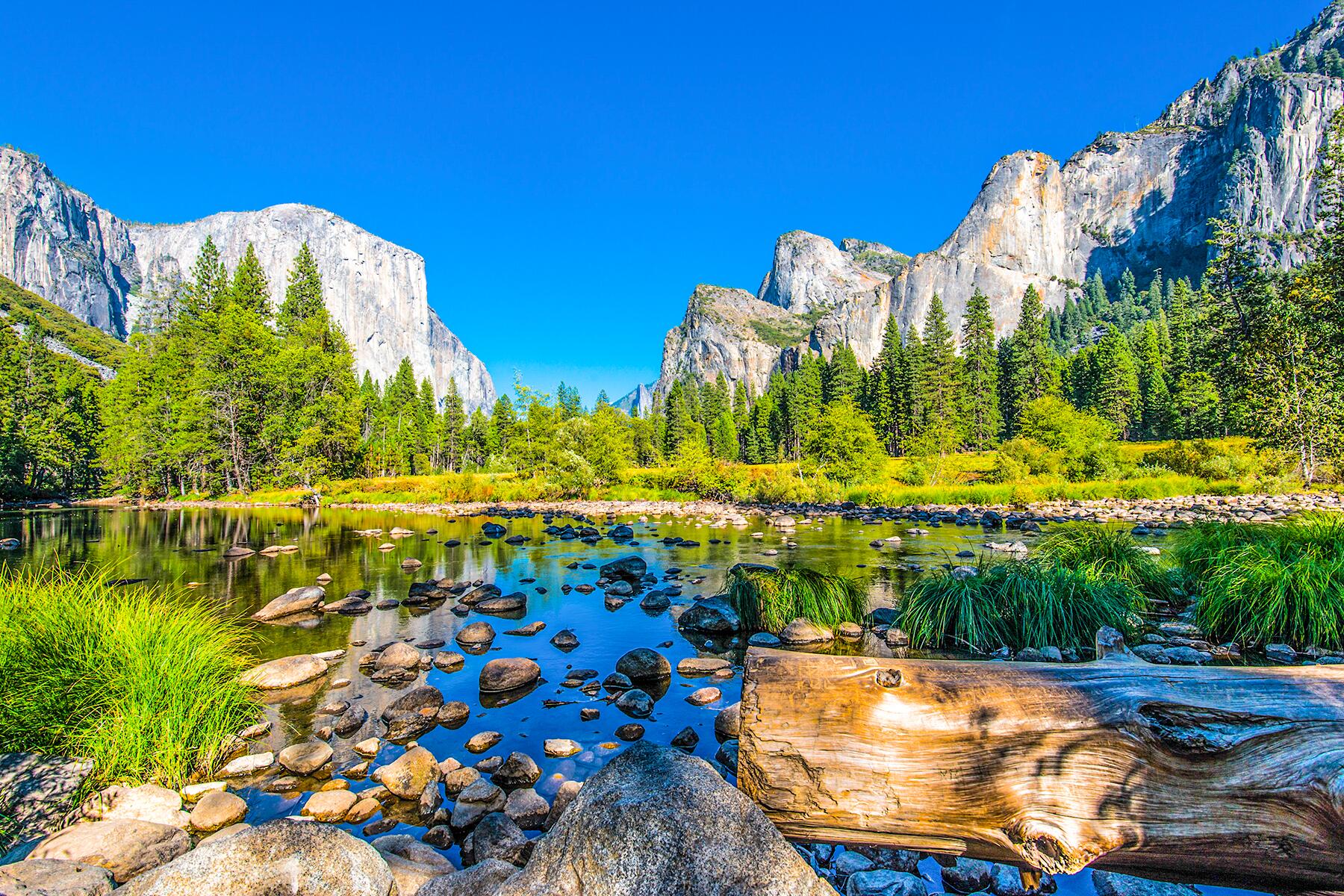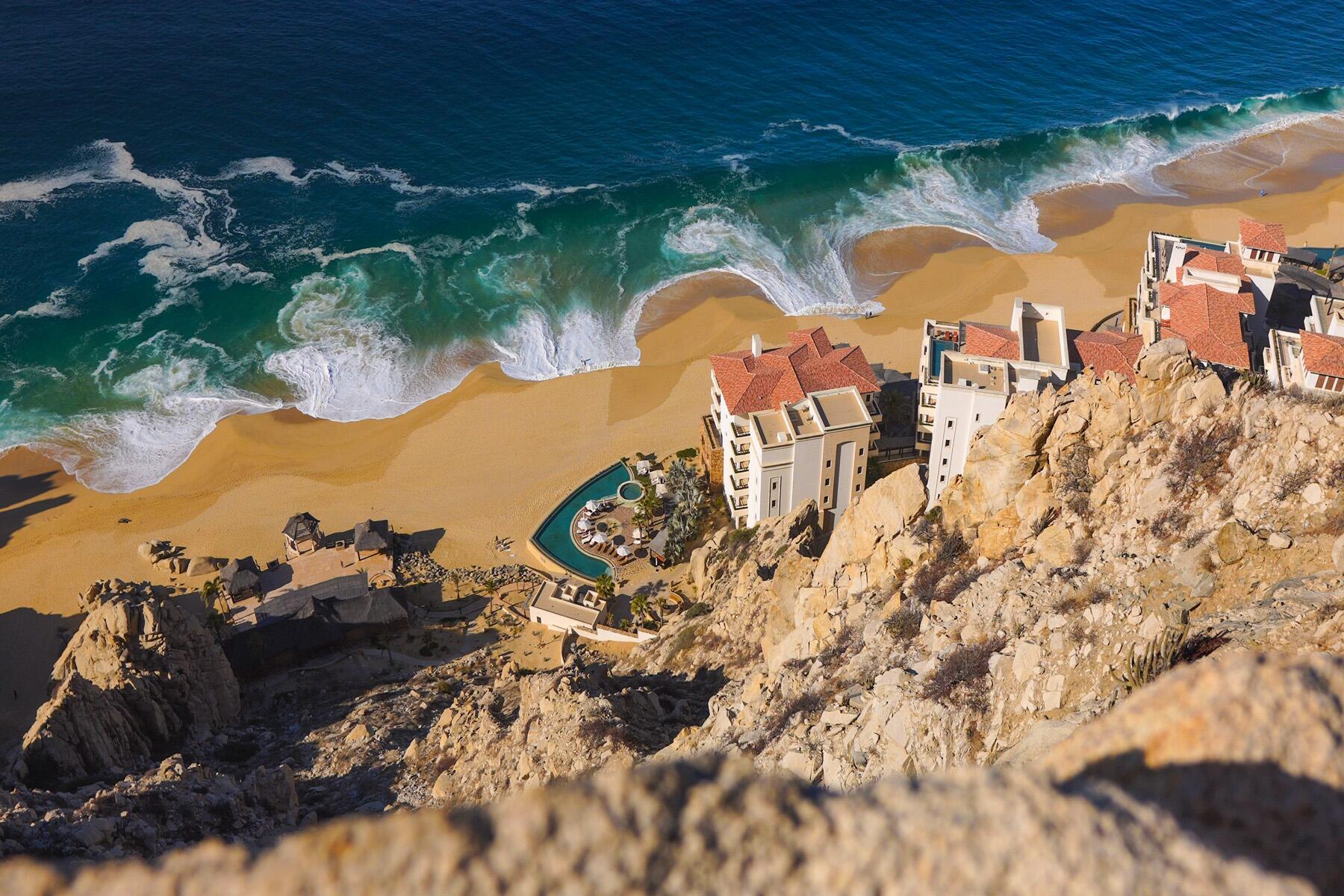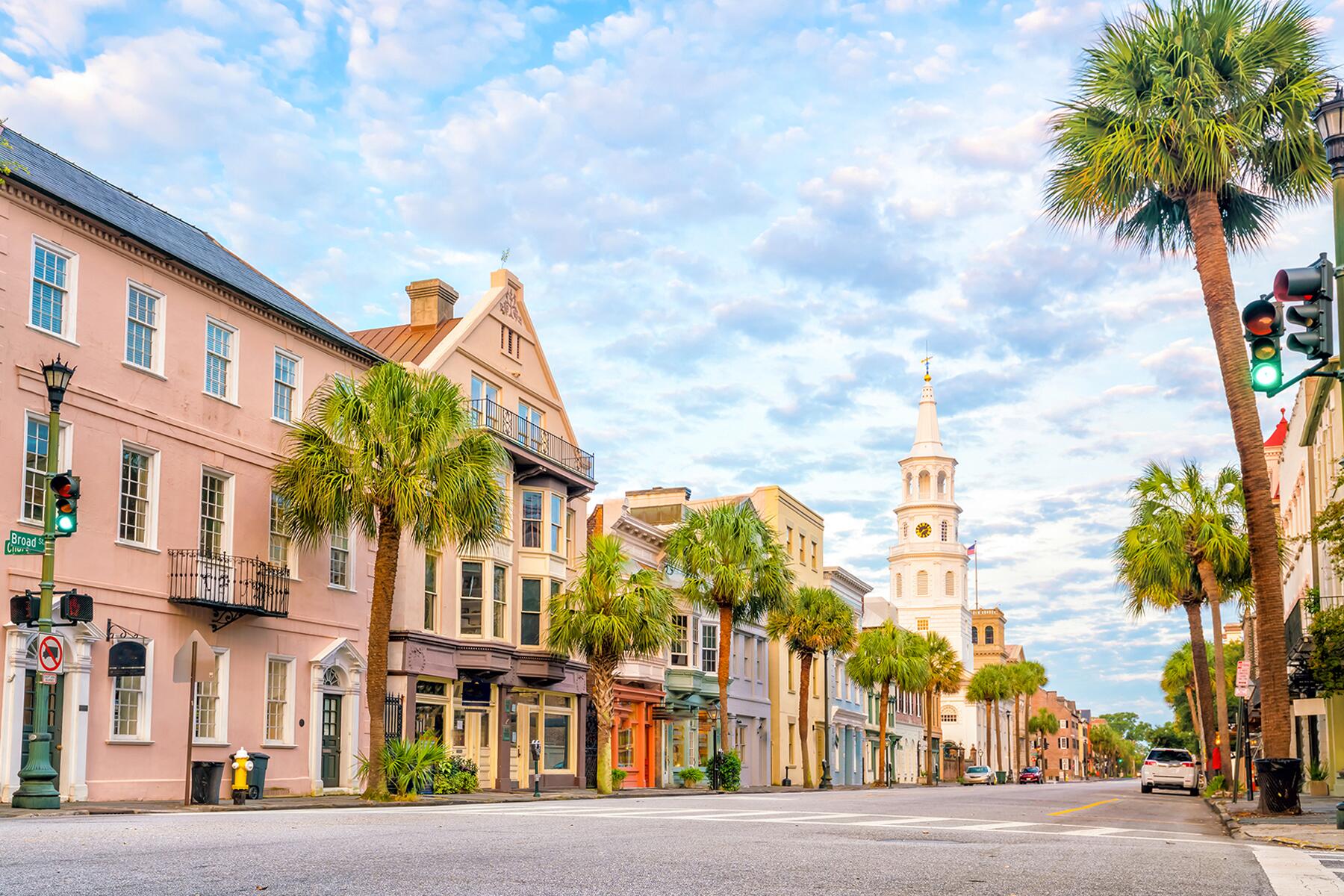These hard-to-get-to destinations are perfect for social distancing.
Isolation is the new buzz word, whether we like it or not. But even if it’s a new approach to most of us, in some parts of the world isolation is the old normal. The following destinations turn travel back into an adventure, making access difficult and so much more rewarding when you do finally get there. Keep these isolated spots in mind for future adventures.
Top Picks for You
Cape York, Australia
Australia itself seems to be at the other end of the world from whichever way you look at it. This splendid isolation has given Australia unique flora and fauna, culture and outlook. But even within Australia, there are even more isolated places, such as Cape York, the bit sticking up at the north-eastern corner of the continent. Reached by a combination of tarmacked and dirt-track road in a 14-hour journey from Cairns, you’ll need a 4WD and a lot of patience to get here. You’ll be sharing the spot with at most 60,000 people per year, some salt-water crocs, and the odd cruise ship on the horizon, but few Instagram-influencers because of the somewhat patchy Wi-Fi connections.
Bhutan
Bhutan may not look so isolated on the map but is actively working on keeping mass tourism at bay. With only two airlines offering flights in, obligatory tour-guide bookings, and a minimum package spend of around $250 per day plus the requirement of pre-booked visas from most countries, there is no such thing as a spontaneous or low-budget trip to this Himalayan nation. That said, the country, which has a Gross Happiness Index and works enthusiastically to keep its citizens happy and content, has opened a little more over the last few years and is welcoming visitors. No doubt that this approach works, resulting in pristine, stunning landscapes and a culture with traditions that have barely been spoiled by outside influence.
Recommended Fodor’s Video
Easter Island, Chile
Rapa Nui, or Easter Island, lies in the middle of nowhere, stranded somewhere in the Pacific Ocean. There are two ways to get there: a five-and-a-half-hour flight from Santiago, Chile, or a five-hour flight from Tahiti. The capital, Hanga Roa, is tiny, even though most of Rapa Nui’s 5,500 inhabitants live in or nearby the town. Despite its isolation, this lovely spot–full of history, wild horses, and surprisingly great restaurants–still attracts around 100,000 annual visitors.
Milford Track, New Zealand
Once described as the Finest Walk in the World, this four-day hike on New Zealand’s South Island takes visitors through some of the country’s most dramatic landscapes with fjords, mountains, glaciers, waterfalls, lakes, and extraordinary views around every bend. The track is remote and isolated at the best of times, simply because of its location on the world map, but there’s an added difficulty: a limited number of tickets is available to independent hikers, who will need to book well in advance, usually up to nine months for a top season slot. While many say this track is becoming too popular, only around 14,000 people complete it every year.
Socotra Island, Yemen
Measuring 1,415 square miles, this island is the largest of the Socotra Archipelago in the Gulf of Aden. Politically part of Yemen, the islands are geographically part of Africa, lying off the tip of Somalia. With a population of an estimated 50,000 inhabitants of various ethnic groups, but mostly Soqotris, the island’s isolation has resulted in some 700 endemic species of flora and fauna, most notably the surreal Dragon’s Blood Trees, which are hundreds of years old. The biodiversity is so distinct, only likened to places such as the Galapagos Islands, that the entire island is listed by UNESCO. Although Socotra has no part in the ongoing war in Yemen, the conflict makes it difficult to visit the island independently, as the only flights arrive from Yemen or Cairo, Egypt.
Siwa Oasis, Egypt
When you have hundreds of miles of sand in all directions, you can certainly be called remote and isolated. The Siwa Oasis in the western Egyptian part of the Sahara Desert, just 30-odd miles away from the Libyan border, is a picture-perfect spot, complete with lush green palm groves, old forts, camels, caravans, and even Greek temples. Six-by-four-miles long, the patch of life in the desert is fuelled by some 200 springs and is sustaining a population of around 25,000 mostly Berber inhabitants. Around 2,500 years old, this was once the seat of an oracle, which Alexander the Great trekked out of his way to consult. You can follow in his footsteps, albeit quicker, by taking a day to travel by train or bus from Cairo.
Coober Pedy, Australia
Five-hundred-and-thirty miles north of Adelaide, 370 miles from Alice Springs, with barely a tree in sight, and a recorded high temperature of 118-degrees Fahrenheit, it might not be surprising that half of the roughly 3,000 inhabitants of this South Australian Outback settlement live underground. Isolated by distance, nature, and facilities, Coober Pedy mainly attracts people interested in shiny things. Founded only a century ago, the town exists for one reason: opals. Seventy percent of the world’s opals can be linked back to this small mining settlement, where prospectors dig into the relatively soft rock hoping to strike it rich. Despite its desolate appearance, there is a bank, some (opal) shops, and a hotel where visitors can stay underground.
Tórshavn, Faroe Islands
Lying roughly at equal distances from Iceland, Norway, and Scotland, the Faroe Islands are far from anywhere, high up in the Northern Atlantic Ocean. Formerly inhabited by the Celts and the Vikings, the islands today belong to Denmark, but are self-governing. Of the many volcanic islands and islets, 17 (or 18, depending on who you ask) are inhabited and interconnected by ferries, road tunnels, causeways, or bridges. Totaling around 50,000 inhabitants, sheep outnumber people two-to-one. The wild, natural beauty and the cold climate (average summer temperatures are only around 55-degrees) are offset by the picturesque and very colorful prettiness of the little capital Tórshavn, meaning Thor’s Harbor.
Utqiagvik, Alaska, U.S.A.
Find the northernmost point of Alaska, a tiny peninsula jutting out into the Arctic Ocean, and you might be able to spot the settlement of Utqiagvik, formerly known as Barrow. At 320 miles north of the Arctic Circle, it is the northernmost city in the U.S. With a current population of 4,500, it’s also reportedly the oldest town or settlement in the United States, having been inhabited by the local Inuit population for more than 1,500 years. Outsiders might have a hard time reaching it–the nearest road connecting the town to the rest of Alaska ends roughly 200 miles away. The only access is by plane or the occasional cruise ship.
Crescent Lake, China
Crescent Lake is an oasis in the middle of the Gobi Desert, and according to reports from travelers that chanced upon it centuries ago, it must have seemed like a veritable mirage. The lake is still in the middle of the desert, and pretty much in the middle of the huge empty spot on the world map that’s hemmed by Mongolia, Kyrgyzstan, China, and Bhutan. But the idyllic lake is surrounded by tall dunes and is a mere four miles from the truly ancient city of Dunhuang in Western China. After having been known for more than 2,000 years, the lake was close to being conquered by the desert sands, but the local government decided to rescue it in 2006.
Tristan da Cunha, British Overseas Territory
Tristan da Cunha is the most remote inhabited archipelago on the planet. It’s so remote that even the other islands that make up this British Overseas Territory–Saint Helena and Ascension–are shockingly far from it. Saint Helena, where Napoleon Bonaparte was famously exiled, is 1,514 miles from it and Ascension is 2,010. The nearest continental mainland countries are South Africa (2,057 miles away) and Namibia (2,069 miles away) in Africa and Uruguay (2,464 miles away) and Argentina (2,766 miles away) in South America. A wild, volcanic island with a total of some 250 inhabitants, Tristan has no airport and can only be reached by ship via a six-day journey that requires prior approval. It’s a challenge for even those whose only goals are to tick the world’s most remote island off their to-do list.





